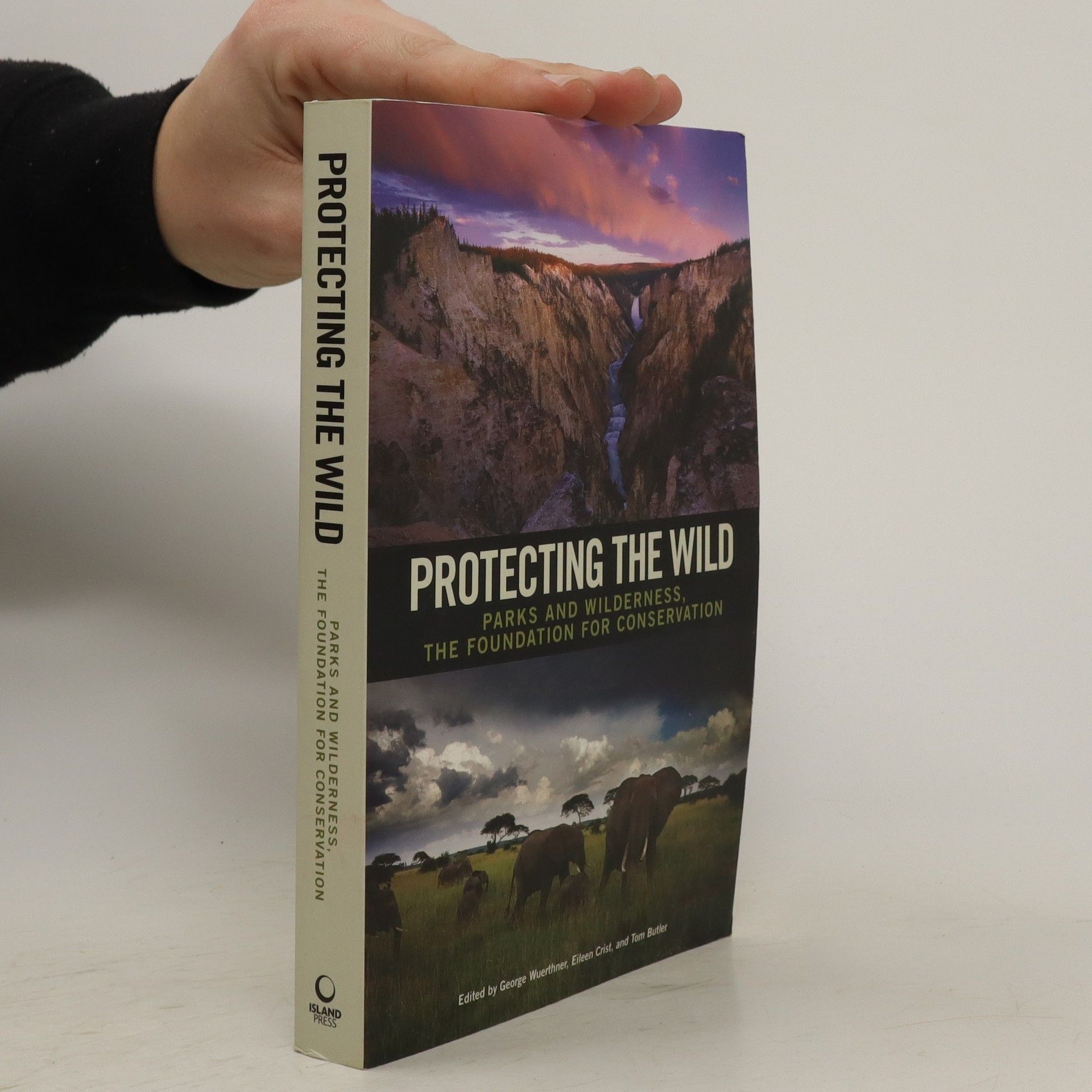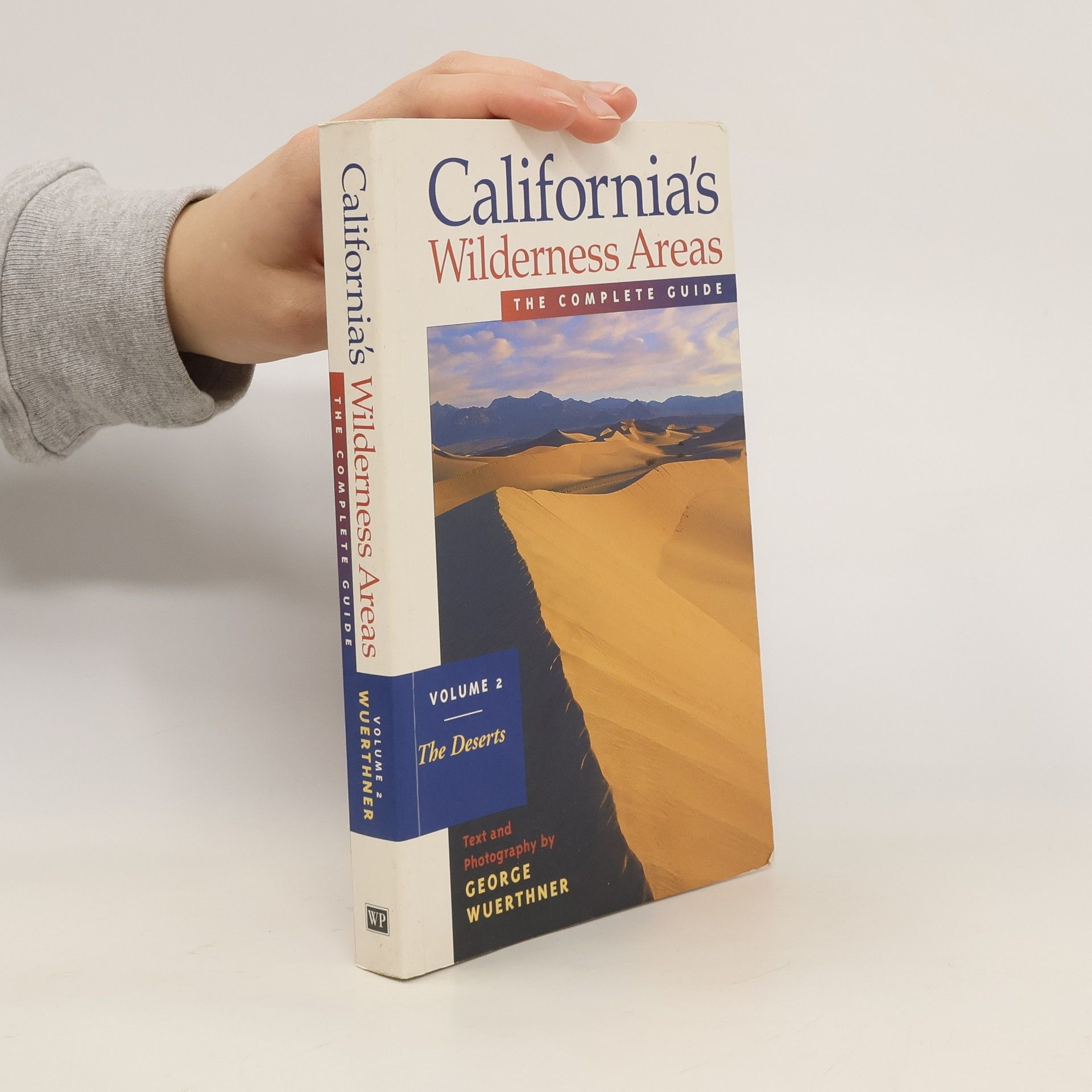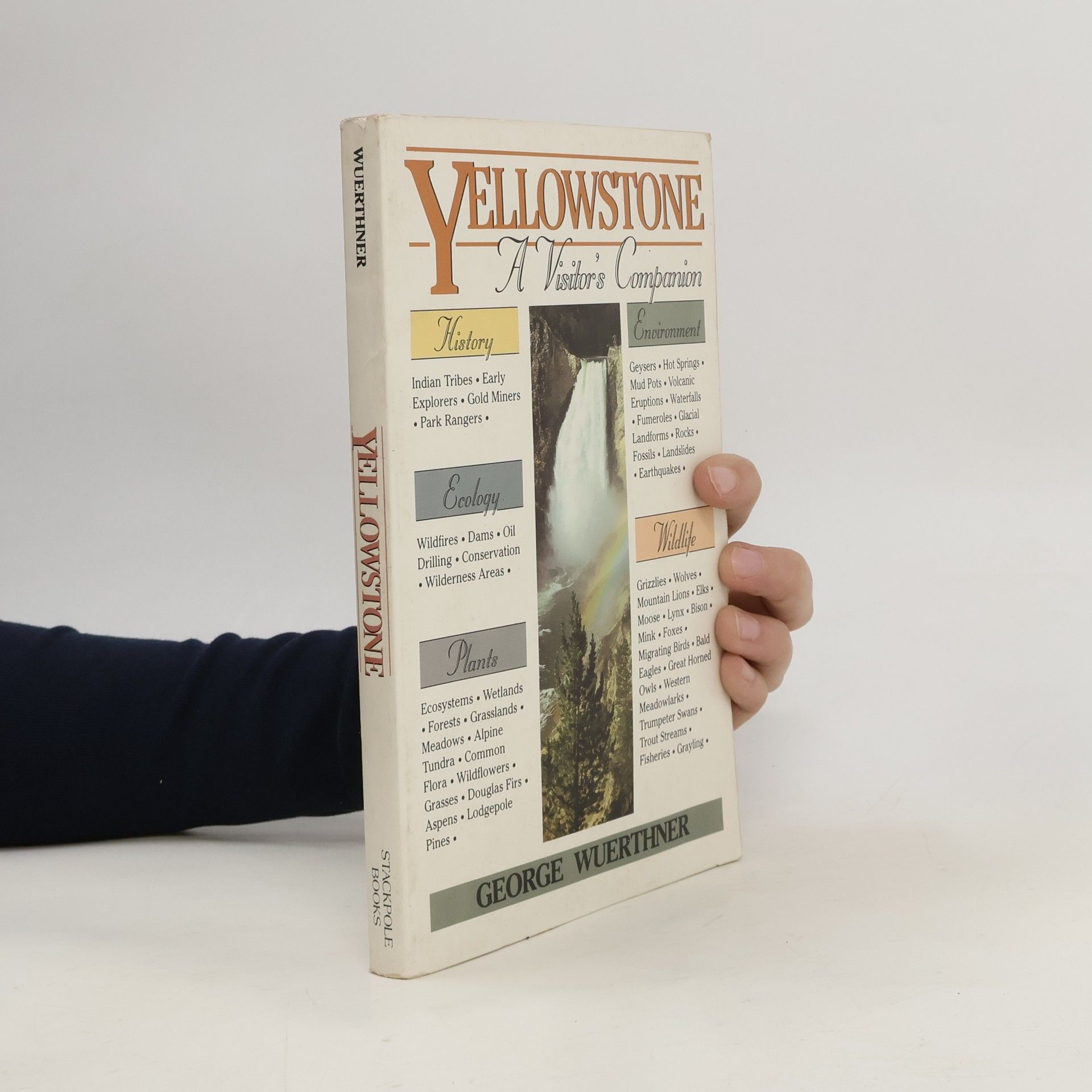View more details of this book at www.walkerbooks.com.au
George Wuerthner Livres





Yellowstone
A Visitor's Companion
What visitors need to know about Yellowstone Breathtaking full-color photographs Field guide to the park's plants and animals This comprehensive handbook covers all aspects of Yellowstone National Park, from grizzlies to geysers. Readers will find fascinating accounts of Yellowstone's formation as well as expanations of today's troubling environmental issues, such as wildlife management, fires, and conservation.Yellowstone gives detailed descriptions for more than 20 fish, 70 birds, and 70 mammals found in the jpark, as well as information about the surrounding nationa parks and forests.
With the stroke of a pen, 74 desert wilderness areas were created in the California Desert Protection Act of 1994. Much of this land is roadless and trailless. Author George Wuerthner's descriptions of the new desert wildernesses are the first to provide readers the information they need to explore these beautiful, untouched places. Large sections are devoted to the expanded Joshua Tree and Death Valley national parks (both upgraded from national monuments by the act), the new Mojave National Preserve and the Anza-Borrego Desert State Park.
Protecting the Wild
- 362pages
- 13 heures de lecture
Protected natural areas have historically been the primary tool of conservationists to conserve land and wildlife. These parks and reserves are set apart to forever remain in contrast to those places where human activities, technologies, and developments prevail. But even as the biodiversity crisis accelerates, a growing number of voices are suggesting that protected areas are pass. Conservation, they argue, should instead focus on lands managed for human useworking landscapesand abandon the goal of preventing human-caused extinctions in favor of maintaining ecosystem services to support people. If such arguments take hold, we risk losing support for the unique qualities and values of wild, undeveloped nature. Protecting the Wild offers a spirited argument for the robust protection of the natural world. In it, experts from five continents reaffirm that parks, wilderness areas, and other reserves are an indispensablealbeit insufficientmeans to sustain species, subspecies, key habitats, ecological processes, and evolutionary potential. A companion volume to Keeping the Wild: Against the Domestication of Earth, Protecting the Wild provides a necessary addition to the conversation about the future of conservation in the so-called Anthropocene, one that will be useful for academics, policymakers, and conservation practitioners at all levels, from local land trusts to international NGOs.